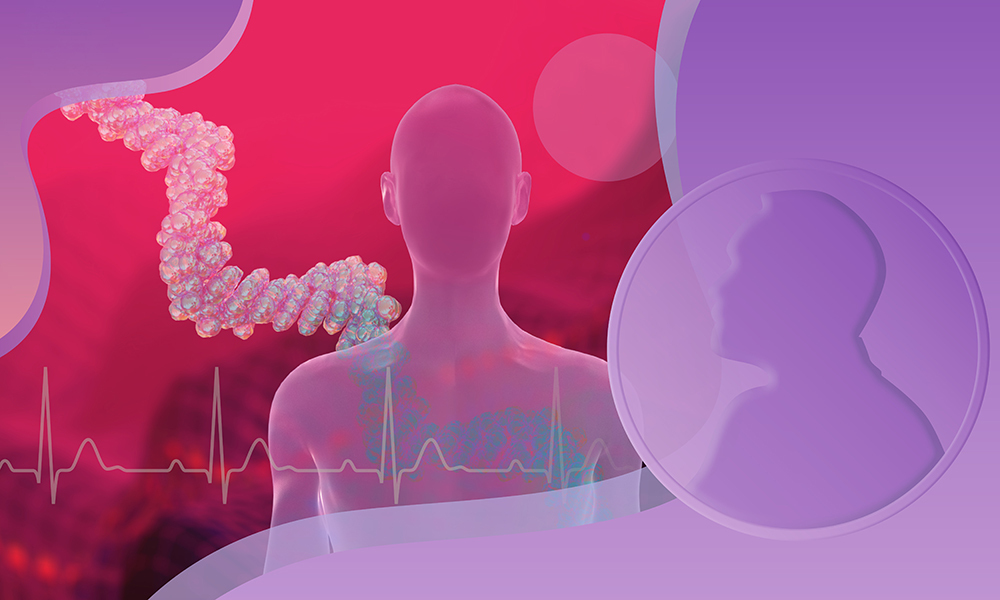Hybrid Biopolymer and Lipid Nanoparticles with Improved Transfection Efficacy for mRNA.
Cells 5 September 2020
10.3390/cells9092034
Pioneers of the mRNA nanomedicines technology receive 2023 Nobel Prize for Physiology or Medicine

Katalin Karikó and Drew Weissman have been awarded the 2023 Nobel Prize in Physiology or Medicine for their discoveries concerning nucleoside base modifications that enabled the development of effective mRNA vaccines against COVID-19. mRNA nanomedicines is a breakthrough technology that is expected to have an even more profound impact on medicine in the future.
“mRNA nanomedicines — the use of messenger RNA as a drug or a vaccine — represent a biotechnological revolution. Safe and efficient delivery of these nanomedicines to patients was one of the major challenges,” said Edith Heard, EMBL Director General. “The speed with which mRNA vaccines were developed thanks to decades of research in mRNA engineering and delivery, is a testament to the power of fundamental research in laying the foundations for fast, effective solutions to societal challenges such as pandemics.”
The years of investigation on RNA biology paved the way for numerous emerging approaches to treating and preventing diseases. Some of these new RNA nanomedicines are already available to patients and the success of the COVID-19 mRNA vaccines has opened up the promise of clinical translation of further mRNA-based therapies.
EMBL played an important role in supporting the research on mRNA nanomedicine technologies that were necessary for ensuring the quality and efficiency of mRNA drugs and vaccines.
In collaboration with BioNTech, Johannes Gutenberg University Mainz, and other partners, scientists from EMBL Hamburg conducted several studies on how mRNA can be better packaged and delivered into human cells.
To peer inside nanoparticles that contain the mRNA, the scientists used small-angle X-ray scattering (SAXS), which is a versatile technique used for studying the shape and dynamics of proteins and other biomolecules.
“We chose to conduct this work with EMBL because of the excellent SAXS experts and research infrastructure in Hamburg,” said Heinrich Haas, former Vice President for RNA Formulation & Drug Delivery at BioNTech, currently affiliated with the Johannes Gutenberg University Mainz in an interview with EMBL. “The experiments performed at EMBL Hamburg helped us understand what makes some nanoparticles perform better than others, and to adapt them to desired applications.”
“I extend my warmest congratulations to Katalin Karikó and Drew Weissman for this fantastic honour,” said Matthias Wilmanns, the Head of EMBL Hamburg. “Although a Nobel Prize is awarded to up to three people at a time, this achievement is truly a result of science more broadly. It has been achieved by bringing together talent across disciplines and traditional boundaries, looking to create approaches that were never used before. Looking forward, there are many other aspects of the mRNA nanomedicine technology that can be explored.”
EMBL continues to contribute to research on mRNA nanomedicines technology of the future. In recent work, scientists established a new method that is expected to greatly facilitate quality control of mRNA nanomedical products, and thereby accelerate the development of new drugs and vaccines that use this technology.
mRNA nanomedicines, such as the mRNA vaccines against COVID-19, represent a new approach in nanomedicine. They contain messenger RNA (mRNA), an instruction-carrying molecule that tells a cell to make a specific protein that could, for example, train the immune system to recognise a pathogen.
To ensure RNA is delivered to human cells, RNA molecules are placed inside little droplets of fat, called lipid nanoparticles, which protect them. Cells take up the RNA and start to produce the desired protein, e.g. a viral antigen. This lasts only for a short time because the RNA is soon degraded. The RNA and its resulting protein do not make a person ill but are sufficient to train the immune system to recognise and destroy the pathogen.
This technology can be used to gain immunity to bacterial and viral infections. However, it may also have other therapeutic and diagnostic applications, for example for cancer therapy.
SAXS experiments at EMBL Hamburg enabled monitoring the structure of lipid nanoparticles in different conditions to make sure they are effective in protecting the RNA and release it only upon entering human cells.
SAXS belongs to the portfolio of scientific services that EMBL provides to researchers in academia and industry, with access to the very latest in scientific technologies, infrastructure, and data resources.
Cells 5 September 2020
10.3390/cells9092034
ACS Appl. Nano Mater. 25 September 2020
10.1021/acsanm.0c01834
Langmuir 27 October 2020
10.1021/acs.langmuir.0c02446
Scientific Reports 22 September 2023
10.1038/s41598-023-42274-z
Looking for past print editions of EMBLetc.? Browse our archive, going back 20 years.
EMBLetc. archive